Trying to articulate a concise response to the Magnum website is difficult because of the massive amount of work these photographers have produced. The collective is clearly incredibly successful and influential. It seems Magnum is most focused on supporting their photographers. This comes across in the way that the site displays not only journalistic photo-essays, but commercial work as well. The website provides each photographer with ample space to show a variety of projects. This highlights the diversity of work that Magnum photographers are producing—both in content and in form. Looking at the multi-photographer portfolios and stories, its clear Magnum photographers are incredibly skilled and have a range of styles and aesthetics. I was disappointed by how the collective is predominantly made up of white men, and mostly Europeans and North Americans. However, perhaps that will change in the future, or is in the process of changing, seeing as many of the female photographers are relatively young and new to the agency.
Something striking about the work displayed on the site is that most of it seems to exist in a space somewhere between art and journalism—or perhaps, as both. Much of the work in the editorial stories seems concerned with the importance of both what the story is and how it is being told. Most of the photographs I saw were both stylistically interesting to look at while also being informative and adding to a sense of the story, place, or people within the image. I get the sense that Magnum photographers are highly aware of their balance between art and journalism, and how that affects the significance of their work. In the site’s basic description of the agency it says, “With powerful individual vision, Magnum photographers chronicle the world and interpret its peoples, events, issues, and personalities.” I find this statement to be incredibly important; specifically by recognizing the “individual vision” of its photographers and their acts of interpretation, Magnum is not attempting to claim any singular truth through the photographs, but rather, speak to the complexity of photographic objectivity and highlight how these specific individuals are seeing and experiencing the world.
One of the photographers whose work interests me is Alessandra Sanguinetti. She was born in New York in 1968 and grew up and lived in Argentina from 1970 to 2003. She is a recipient of the Guggenheim Foundation fellowship and joined Magnum in 2007. Most of her work is done is color, asides from one portfolio entitled Sweet Expectations. I was drawn to her work because of how intimate her images are. In the first project I looked at, The Adventures of Guille and Belinda and the Enigmatic Meaning of their Dreams, Sanguinetti photographed two sisters, Guille and Belinda, who live in the farmlands near Buenos Aires. She met them while working on a different project, but eventually began photographing them and creating a separate portfolio of work that is both a documentation of their lives and a collaboration with them to delve into, what Sanguinetti calls, their “imaginary spaces.”
There is a very cinematic quality to her photographs, both in the images where the girls dress up and play out fantasies or dreams as well as the more day-to-day moments. I think this reflects the imaginative nature of childhood. In The Madonna, and many of the other photographs of the girls, Sanguinetti photographs the girls from either eye level or looking up at them. This increases my feelings of intimacy with the subjects and aggrandizes their presence. In The Madonna, Sanguinetti shows the girls in their costumes posing in some sort of open-structure. By photographing them with contextual detail, like the dirt floor, the pig, the chopped wood, and buckets, Sanguinetti balances Guille and Belinda’s imagination and reality. She allows us to see into both their physical and psychical world.
Sanguinetti continued to photograph the girls as the got older, but maintained a similar aesthetic. Though the images became less about the girls’ dreams, they retain a quiet and delicate feeling. Her photograph Tomatoes is an example of this. She uses soft light, and though the girls have entered into adulthood (Guille is pregnant) the photograph perpetuates the playful, dreamy impression of the earlier childhood images.
Another photographer whose work interests me is Raghu Rai. He is an Indian photographer, born in 1942, and was nominated by Henri Cartier-Bresson to join Magnum in 1977. Through their textured high-contrast appearance, Rai’s photographs remind me of Cartier-Bresson’s work in India. Its seems he must have been influenced by Cartier-Bresson. Prior to joining Magnum, Rai photographed for various Indian newspapers, and then continued to produce most of his work for the agency in India. His projects range from street scenes to images of weddings to a documentary project on a chemical disaster. He photographs both in black and white and color. I am interested in how he plays with movement and the crowded spaces of India.
Some of his images I recognize, such as Local commuters at Church Gate railway station. Mumbai. 1995.
In this image he uses a long exposure so that that the men sitting still reading the newspaper are in focus, while the rushing commuters surrounding them are captured as blurs. This image strongly relays a feeling of business and chaos, and yet there is something oddly peaceful about the calm, quiet space the three men exist in within the middle of the frame. Similarly, in At a bus stop, Ahmedabad 1994 Rai captures a street scene in which the people in the foreground are still and in focus while the moving truck and motorcycle in the background blur by. Rai captures the coexistence of these dichotomies. The movement of the background makes the image more aesthetically interesting than had he used a quick exposure to freeze the moving vehicles. I enjoy his street photography; there is subtlety to the images that allow me to feel like I am within the scene without being obtrusive.
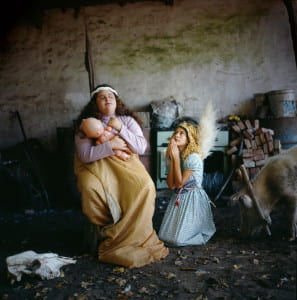
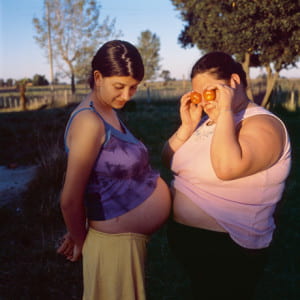
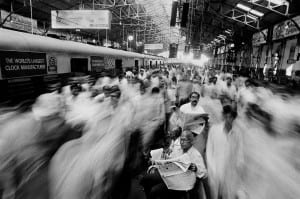
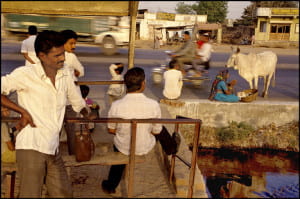
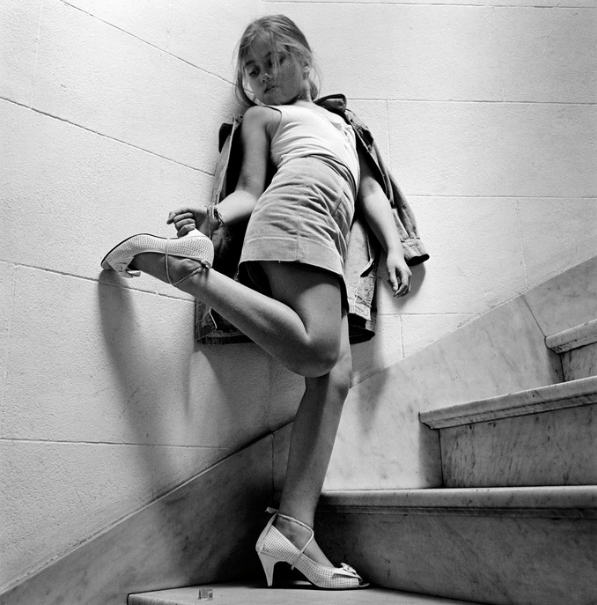
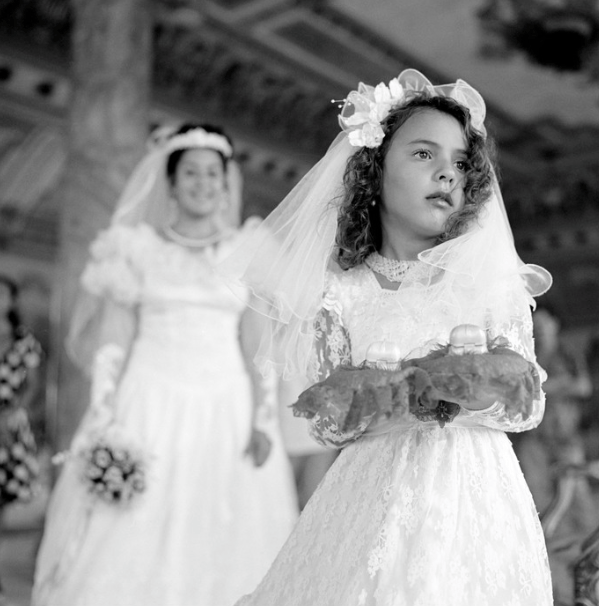
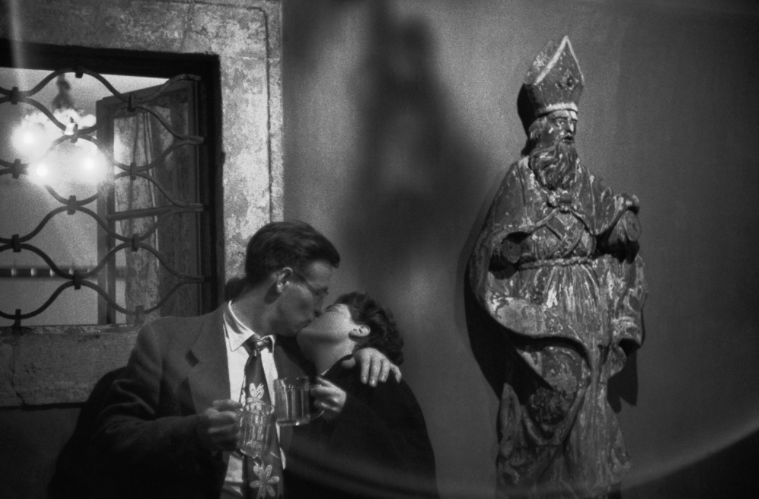
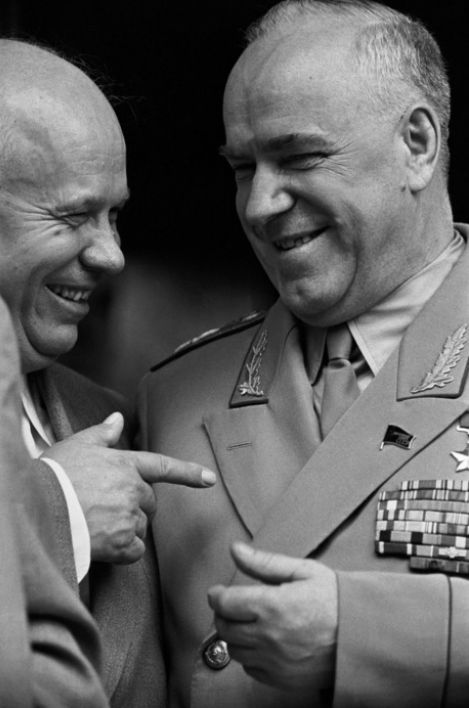
Recent Comments